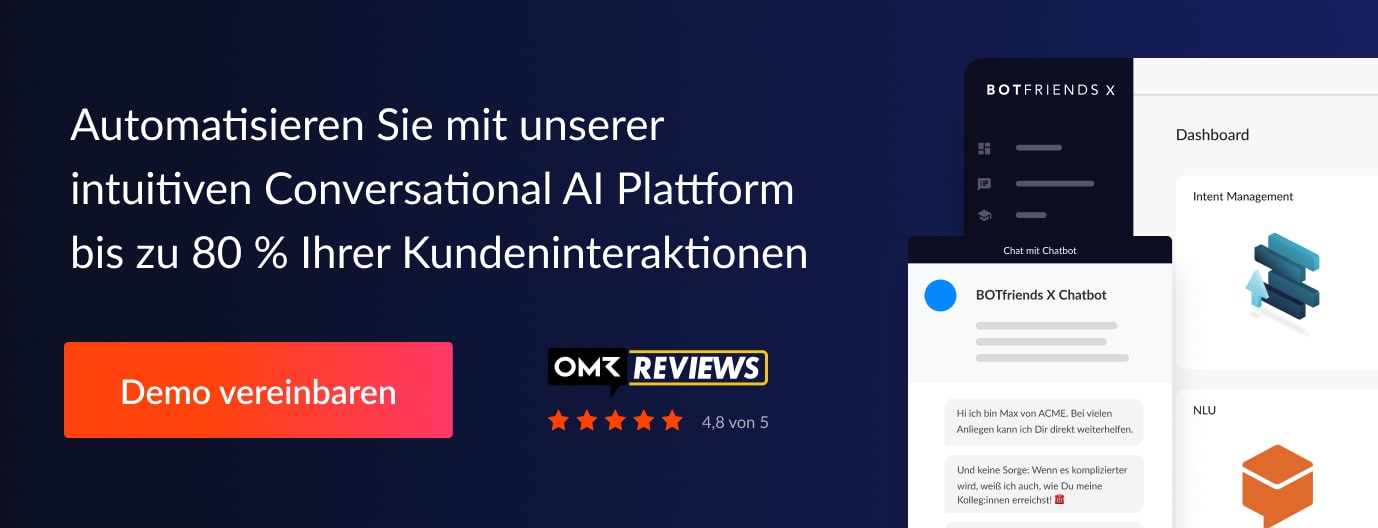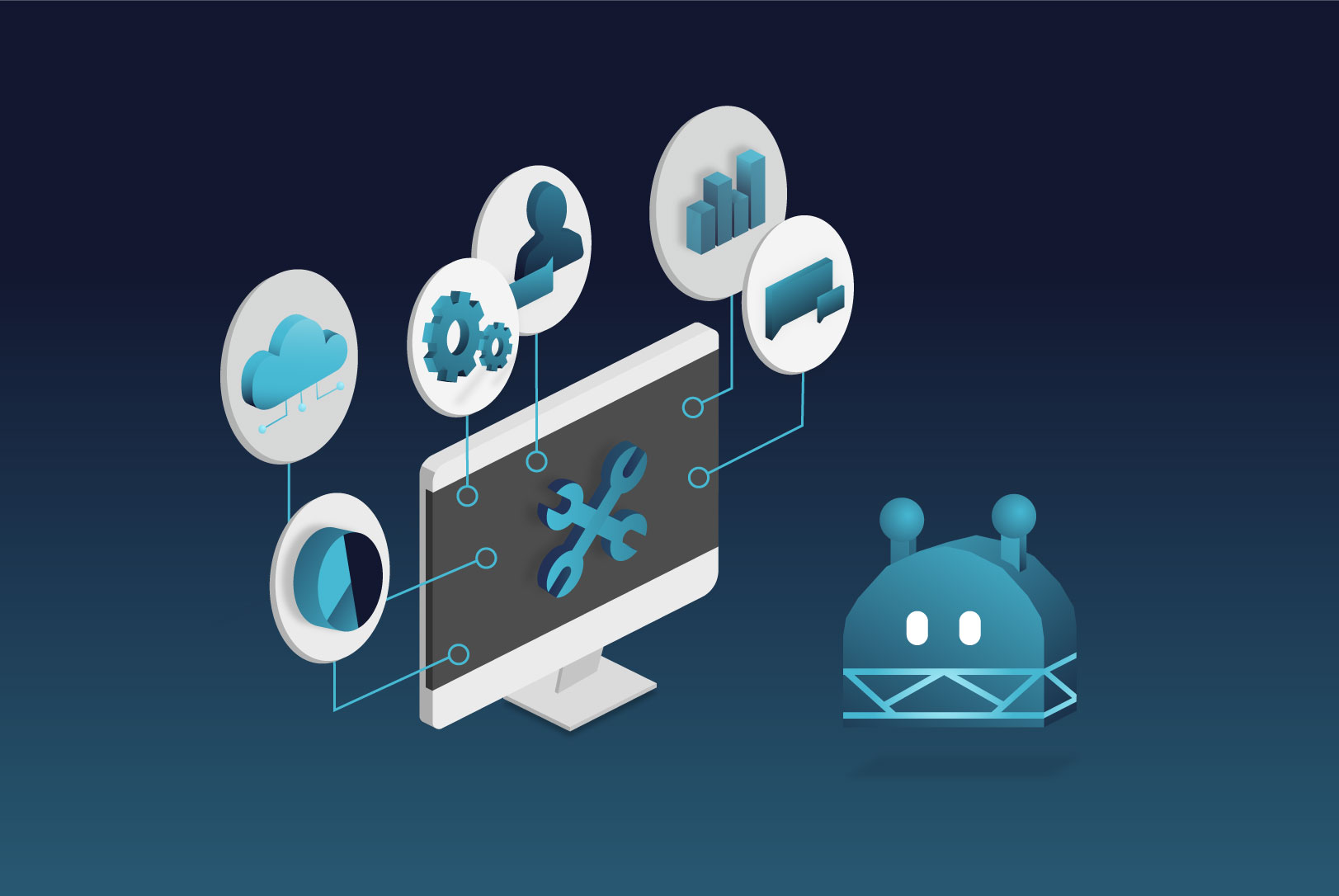The pharmaceutical industry is on the move: Demographic change and digitalisation pose major challenges for the industry.
In this blog post, you'll learn about the challenges facing pharma companies and why the use of new technologies like chatbots is key to the future of pharma companies.
What social developments are the pharmaceutical industry facing?
The proportion of people over 65 in Germany will rise from the current 21% to 29% by 2030(Robert Koch Institute). The older the population of a country, the higher the number of patients with age-related chronic diseases.
In addition, the risk of older patients suffering from several chronic diseases at the same time is increasing. This multimorbidity, combined with an ever-increasing life expectancy, contributes to a change in the spectrum of diseases, which must be managed by the health care system.
Multimorbidity makes complex and costly therapies necessary
The diseases of multimorbid patients do not exist independently of each other, but intertwine in a complex form and influence each other. In order to be able to treat them efficiently, physicians need the most accurate and up-to-date patient information possible.
Chronically ill patients also often need to be monitored continuously. It is neither technically nor financially feasible to cover this care completely with human personnel.
Prevention instead of therapy
This development places an enormous financial burden on the health system. For this reason, society and politics will be particularly interested in preventing people from falling ill in the first place by means of prevention, or in mitigating severe and chronic disease progressions through improved, early diagnosis.
At the Handelsblatt annual conference Pharma 2020, Dr. Matthias Suermondt, Vice President Public Affairs and Access at Sanofi, outlined the challenges and potential in the field of Digital Health.
In his opinion, online remote monitoring of chronically ill patients could save more than 3 billion euros. Apps for the monitoring/care/control of chronic diseases and medical chatbots could also achieve further savings of 3 billion.
This will lead to a redistribution of expenditure in the healthcare sector, which companies should prepare for in good time.
Health sector spending is being reallocated
According to a survey conducted by PwC's strategy& consulting firm, diagnostics spending is expected to grow by 524% worldwide. This increase is expected to be 244% in the area of prevention and 205% in digital health.
The share of total expenditure in the healthcare sector will shrink by almost 16%.

Overall, the global health care market is expected to grow by 10% by 2030. At the same time, however, a decline in expenditure per patient of 27.5% is calculated. The reason for this is the rapidly growing proportion of the population with access to health care. This may lead to a significant decline in net operating margins in the pharmaceutical industry.
For pharmaceutical companies, this means that they have to rethink their business model and strategy. Thomas Solbach, healthcare market expert and partner at Strategy&, says:
"In our survey, health managers expect uncertain times for their current business model. Traditional pharmaceutical companies either have to become much more efficient in order to maintain their margins, or they are making targeted investments in growth areas such as diagnostics, prevention and digital health solutions."
How can pharmaceutical companies overcome these challenges?
To survive in this rapidly changing market, pharmaceutical and medical companies must devote more attention to the areas of diagnostics, prevention and digital health solutions. diagnostics, prevention and digital health solutions. In addition, the focus must be placed more on end customers and patients and their interests must be understood as a central part of the strategy.
New intelligent medical devices are needed that exploit the possibilities of digitisation. In addition, existing products can be combined with digital health solutions to provide added value for healthcare professionals and patients.
But how can such intelligent medical products look like?
How voicebots can be used in diagnostics
MIT in Massachusetts is currently working on an artificial intelligence that will be able to recognize Covid patients on the basis of a sound recording. To do this, the test subjects make a recording of their cough. This is analyzed and compared with the sound recordings of Covid patients.
This diagnostic tool could be made available to consumers via a voice bot and relieve doctors' offices and laboratories. The voice bot asks the user to cough and makes an audio recording. After the analysis, the voice bot informs the user of the result. If the test is positive, the voice bot can inform the user what to do and where to report his or her illness.
How virtual assistants can support in prevention
Many chronic diseases can be prevented or at least mitigated by a healthy lifestyle. Virtual assistants can act as "personal health assistants" to help consumers live healthily by logging dietary and exercise habits and providing advice and suggestions based on these. Of course, these can also be tailored to a specific patient profile.
If the user does fall ill and needs treatment, the virtual assistant can remind him or her to take the medication and buy a new pack in good time. By linking the virtual assistant to an online pharmacy, it could also automatically purchase the medication.
How exactly this is also possible with prescription drugs can be read in our white paper "How to use Chatbots in the Pharmaceutical and medical Industry".
Digital Health helps in the treatment of patients
Chronically ill people often need to be monitored seamlessly. With digital health solutions, this can be done automatically around the clock. One example is the Vital Patch from Vitalconnect. It can be used to monitor the heart function of patients. It can be worn by patients everywhere, be it in the clinic, at home or at work.
Such intelligent medical devices can be supplemented with a virtual assistant. This communicates with the patient and can, for example, warn them at an early stage of critical health conditions and, if necessary, guide them.
These were only three examples of the use of chatbots, voice bots and virtual assistants. In our White Paper we have developed 11 use cases for the B2B and B2C area and highlight the different application possibilities of Conversational AI for the pharmaceutical and medical industry.




